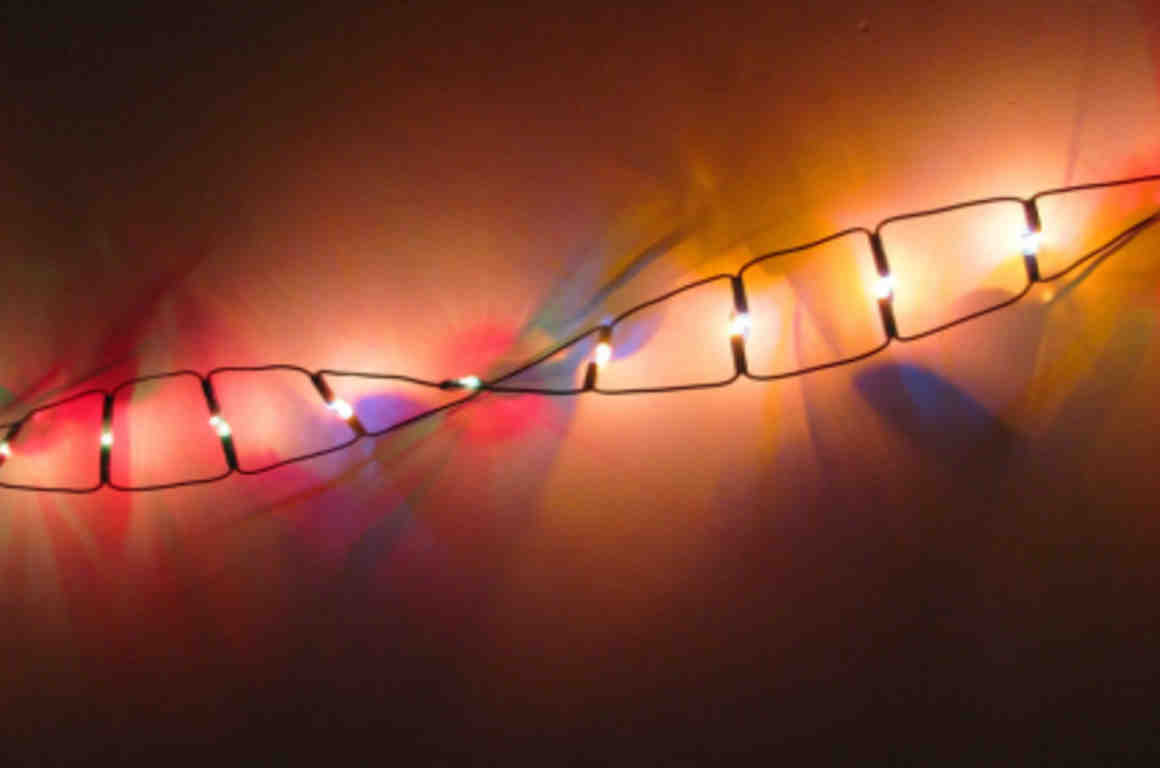In the United States and Europe, patenting DNA is permitted as long as certain standards, such as DNA sequencing, are met.

On June 13, 2013, the United States Supreme Court issued a landmark ruling in the field of intellectual property. DNA cannot be copyrighted since it is a part of nature. Only genes that have been synthesised are patentable.
Since the 1990s, there has been a surge in patent filings in the biotechnology business, particularly in those incorporating genetics. This is related to the desire to raise funds. One of the most serious challenges in genetics is genetic variation or mutation.
The patent system encourages innovation by granting exclusive rights to innovators. They can only utilise their creations for a limited period. By giving a licence, the patent holder grants others permission to exploit the innovation. In exchange, the patent holder gets continuous royalty payments.
Patents and other intellectual property rights are a source of contention for some scientists. This is due to simple logic, which states that science develops more quickly when other researchers have unrestricted access to knowledge. However, exclusive intellectual property rights are required for investments in research and development.
Genes may be patented in the United States and Europe if certain conditions are met, such as isolating the gene and demonstrating the presence of a nucleotide sequence. If you treat a DNA sequence as a complex chemical, you may get a patent if you use it to make recombinant medications and vaccines.
The case of Diamond v. Chakrabarty laid the groundwork for patenting human genes in 1980. The United States Supreme Court held in this case that individuals may create living beings since they did not arise naturally. When combined with the ability to patent chemical substances, this allowed biotechnology corporations to patent human genes.
Biotechnology growth has been increasing for more than two decades. The United States Patent and Trademark Office (USPTO) understands that individuals in the biotechnology field are concerned about the impact of DNA-based patents on the industry.
Some bioinformatics firms are developing a private sequence database, whereas pharmaceutical companies are developing public databases including sequence information. Some argue that patents should not be granted for these new discoveries and that a novel kind of intellectual property protection is required.
However, the USPTO claims that improved technology does not warrant the creation of new specialist patent law. The same analysis is applied for every patent application, regardless of the purpose of the invention. Before you may make a claim in any technical sector, you must first satisfy all patentability criteria.
When applying current patent law to DNA sequence innovations, there are certain issues.
Is there any patentable material in the invention? The application must specify whether or not the innovation has been purified or isolated.
Is it sufficient to meet the enabling requirement? This comprises chromosomal mapping or identification, gene tagging, and determining the origin tissue type. When a competent individual can produce and utilise an idea without experimenting, this is referred to as enabling.
The impact of patents on DNA fragments of genes on full-length gene patents is still being debated. The USPTO mentioned the patenting of a picture television as an example. The image television tube patent does not exclude someone from acquiring a television set patent. However, if the set manufacturers use the tube without obtaining a licence, the tube patent may sue them for patent infringement.
When a product receives a patent, the patent is valid for any usage. It contains applications that are not covered by the patent. DNA must be novel and non-obvious in order to be patented. If any of the following events occur, you will be unable to get a patent:
If the innovation is documented through a patent or printed publication anyplace in the world.
If the invention has been in use for more than a year in the United States prior to the application date.
Several things may happen if patents were not included.
There may be less chances for DNA research funding.
Scientists may choose not to reveal novel DNA products to the public.
Patents may only be granted inside the scientific community.
